As landscape photographers, we often debate over which type of lens—prime or zoom—best suits our needs. Each has its strengths that can significantly impact how we capture the natural beauty around us.
So, which type of lens is the best bet for your situation? Well, not to let the cat out of the bag, but, ultimately, the answer is that it depends.
In this guide, we’ll explore the nuances between prime and zoom lenses in the context of landscape photography, drawing from personal experience and industry insights to help you make an informed choice.
To help illustrate the differences between these lenses, their benefits, and their detriments, I’ll use examples currently in stock at MPB, one of my favourite online retailers for used camera gear. MPB stocks thousands of cameras, lenses, and accessories for virtually any photographic or videographic pursuit.
Better still, MPB’s stock is constantly changing with gear coming in via customers who sell or trade their old gear for newer gear. This isn’t just advantageous from a selection standpoint, though – you can also trade or sell your gear to MPB, get rid of some of the gear you don’t use, and earn cash to apply towards your purchase of a new-to-you Zoom or prime lens for landscape photography. What’s not to like?!
Without further ado, let’s get to it!
Table of Contents
- Introduction to Prime and Zoom Lenses
- Image Quality and Sharpness of Primes and Zooms
- Aperture and Low-Light Performance of Primes and Zooms
- The Best Lens for Landscape Photography: Flexibility and Composition Comparisons
- Portability and Weight Considerations for Primes and Zooms
- Is a Zoom or Prime Lens the Best Lens for Landscape Photography?
Introduction to Prime and Zoom Lenses
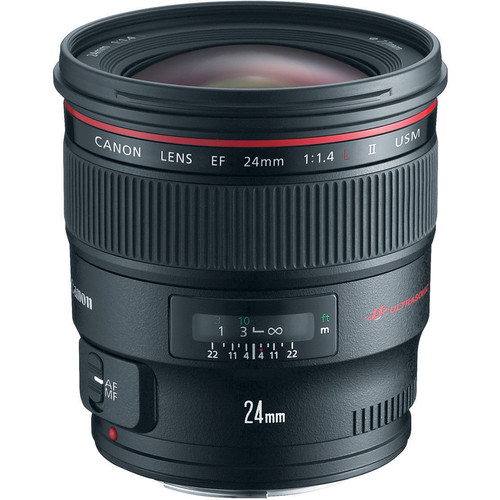
When setting out to capture beautiful landscapes, the choice between a prime lens and a zoom lens sets the foundation for your approach.
Here’s what I mean…
Prime lenses, with their fixed focal lengths like 24mm, 35mm, or 50mm, offer unparalleled sharpness and optical quality. Take, for instance, the Canon EF 24mm f/1.4L II USM—renowned for its edge-to-edge sharpness and superb color rendition, ideal for capturing intricate details in vast landscapes.
But, since it’s a fixed focal length, you either have to “zoom with your feet” or swap out lenses to get a wider or narrower view of the landscape before you. This isn’t a big deal, but something to consider.
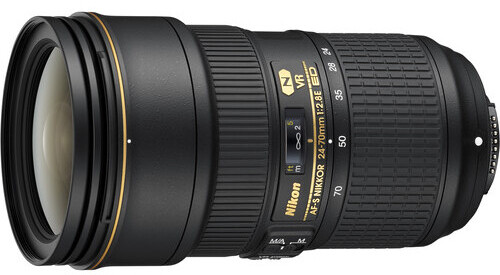
On the other hand, zoom lenses provide versatility, allowing you to zoom in and out without changing lenses or moving your feet. A lens like the Nikon AF-S NIKKOR 24-70mm f/2.8E ED VR, a workhorse lens loved by landscape photographers for its flexibility, is a prime (pun intended!) example of this.
Since this lens covers wide-angle to short telephoto ranges, it’s perfect for composing various landscape shots on the fly. Shoot wide to capture the large scene in front of you, zoom in for a mid-range shot with layered elements in the foreground, midground, and background, or zoom all the way in to create more intimate landscape images.
So, when weighing these options, consider which type of lens best suits your workflow – a prime lens with improved optical quality or a zoom lens with the functionality and versatility of multiple focal lengths.
Image Quality and Sharpness of Primes and Zooms
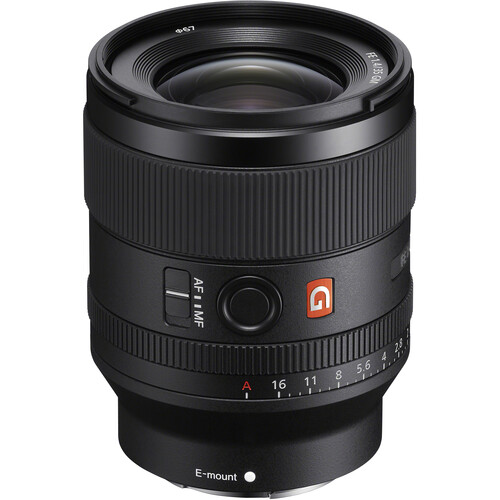
Prime lenses excel in image quality due to their simpler optical construction and fixed focal lengths. The Sony FE 35mm f/1.4 GM, for instance, delivers stunning clarity and sharpness even in low-light conditions, capturing landscapes with exceptional detail. This superior sharpness is particularly noticeable when shooting at wider apertures, where primes shine brightest.

Zoom lenses, while offering convenience, may sacrifice a bit of sharpness compared to primes, especially at their extreme focal lengths.
However, advancements in lens design, like those found in the Tamron 17-28mm f/2.8 Di III RXD, have minimized this gap, providing impressive sharpness across its zoom range. This makes modern zoom lenses a viable option if you prioritize flexibility without compromising too much on image quality.
Aperture and Low-Light Performance of Primes and Zooms
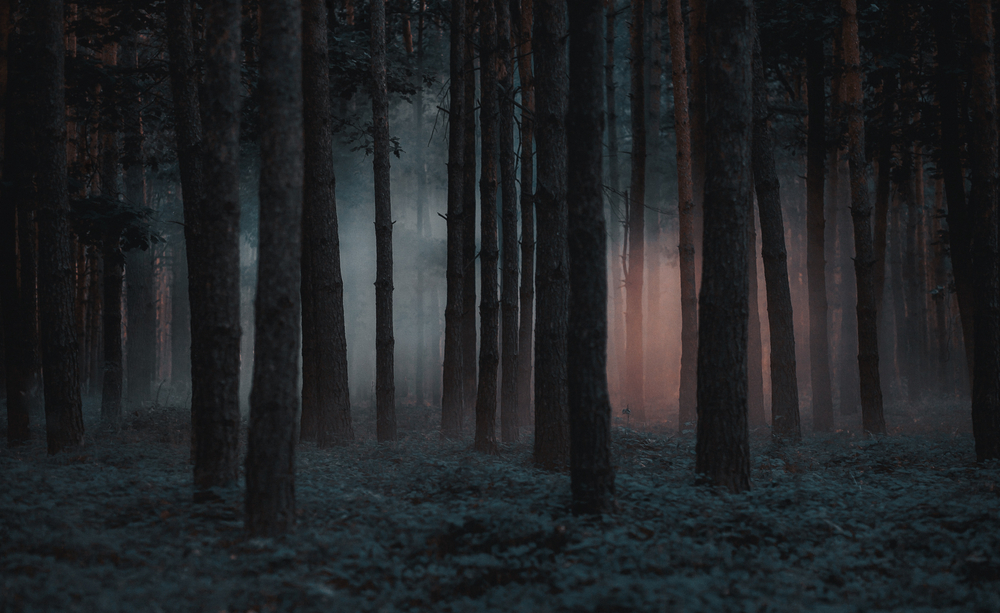
Photo by suhovhd via Shutterstock
Prime lenses often boast wider maximum apertures—such as f/1.4 or f/1.8—which are advantageous for low-light conditions and achieving shallow depth of field in landscape photography.
The Sigma 20mm f/1.4 DG HSM Art is a great example of how wide apertures can transform nighttime landscapes into ethereal scenes with crisp details and beautiful bokeh. The image above of a foggy, dark forest might be best achieved with a prime lens like the Sigma, with a very large aperture that can gather as much light as possible.

Photo by Fabio tomat via Shutterstock
Zoom lenses, like the Canon RF 15-35mm f/2.8L IS USM, typically have narrower maximum apertures, like f/2.8 or f/4, across their focal range. However, they offer the convenience of zooming in and out while maintaining a consistent aperture. This can be beneficial when shooting landscapes that require quick adjustments in framing and composition, like the rapidly changing colors during golden hour over a waterfall.
The Best Lens for Landscape Photography: Flexibility and Composition Comparisons
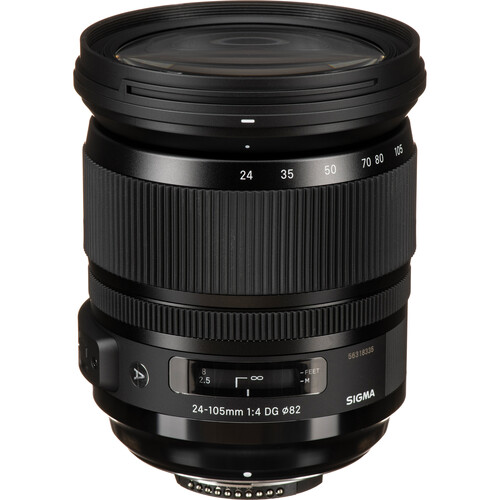
The ability to zoom in and out with a single lens is perhaps the most significant advantage of zoom lenses in landscape photography. This flexibility allows you to quickly adjust your composition without changing your shooting position.
For instance, the Sigma 24-105mm f/4 DG OS HSM Art provides a versatile range suitable for capturing both sweeping vistas and intimate details within the same scene. Lenses like this with a very wide aperture range don’t all offer the same image quality as the Sigma, though. Be sure to do your due diligence when researching the best lens for landscape photography.
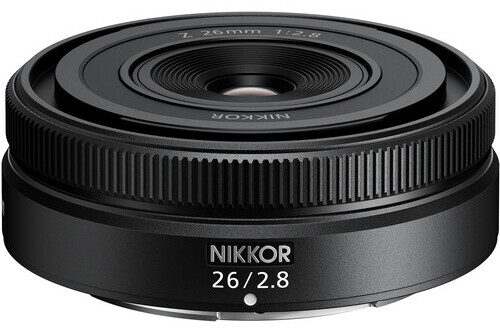
Prime lenses, with their fixed focal lengths, require a more deliberate approach to composition. They challenge you to explore different perspectives and framing techniques, pushing creativity in landscape photography.
The Nikon NIKKOR Z 26mm f/2.8 is a great example of this focus on composition, offering exceptional clarity and edge-to-edge sharpness at a wide angle. The combination of the f/2.8 aperture and the 26mm focal length gives you exactly what you need to take crystal-clear, sweeping images of your favorite landscapes.
Portability and Weight Considerations for Primes and Zooms
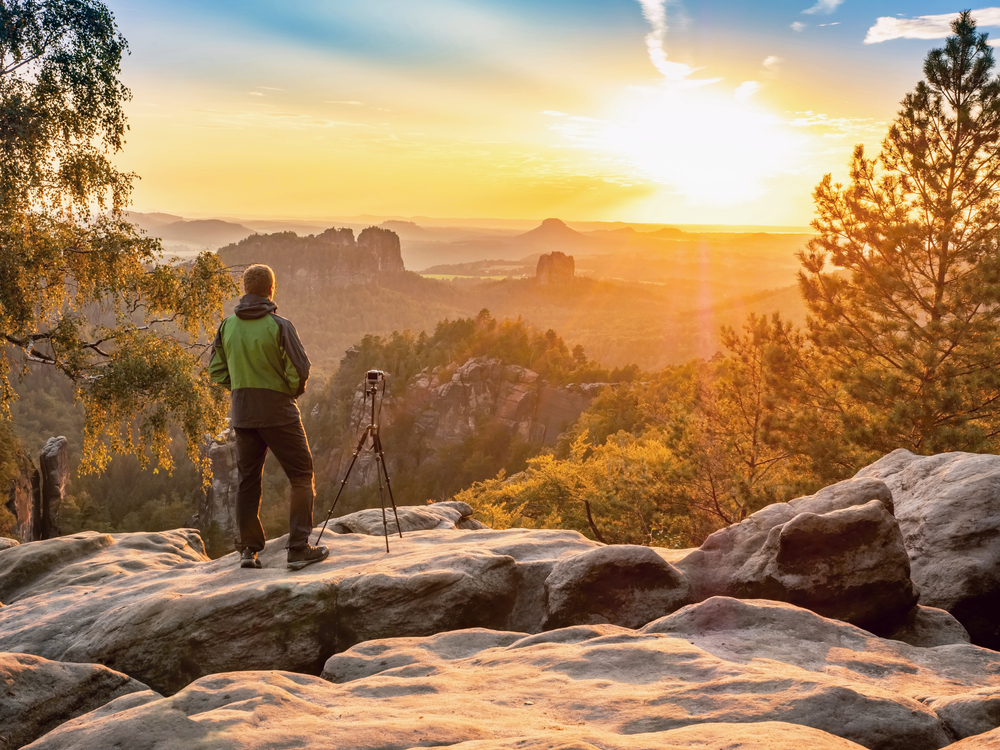
Photo by rdonar via Shutterstock
When trekking through rugged landscapes or traveling long distances, the weight and portability of your gear become crucial factors. Prime lenses are generally lighter and more compact due to their simpler construction and lack of moving zoom mechanisms. However, you may find yourself in a situation in which you need two, three, or four primes to get the same focal coverage as a single zoom.
In contrast, zoom lenses encompass a wider focal range within a single body, which often results in a bulkier and heavier lens. Despite this, advancements in lens materials and designs have made some zoom lenses more manageable without sacrificing essential features like weather sealing and robust build quality. Still, these lenses are typically significantly bigger than primes – and might be larger than several primes put together.
Is a Zoom or Prime Lens the Best Lens for Landscape Photography?
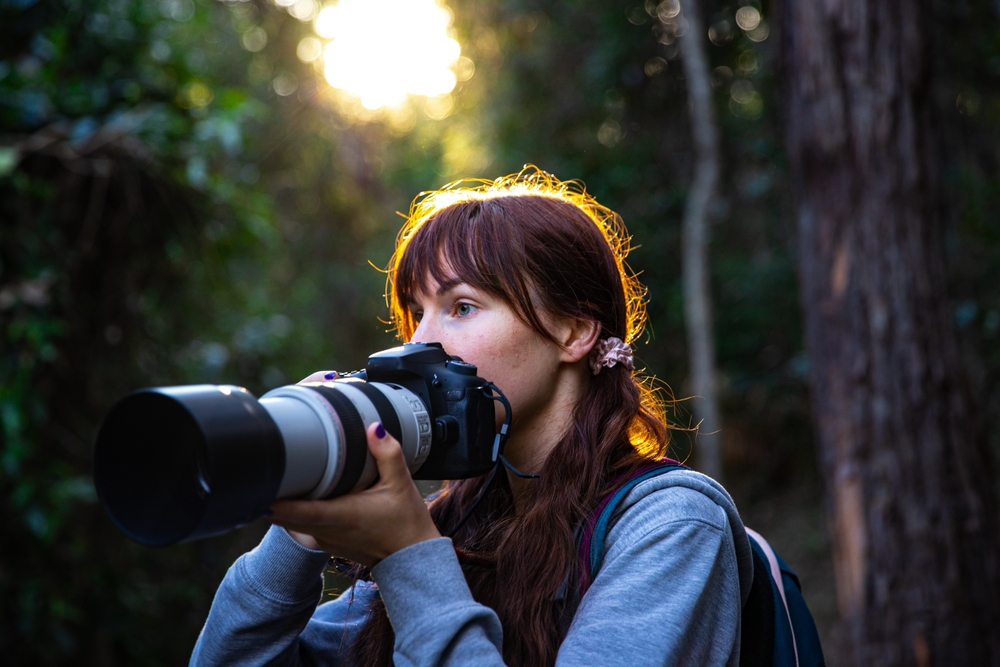
Photo by Jakub Maculewicz via Shutterstock
As I mentioned earlier, the choice between a prime lens and a zoom lens for landscape photography boils down to your specific shooting style, preferences, and priorities.
Prime lenses offer unmatched image quality, superior sharpness, and wider apertures, making them ideal if you want to prioritize optical excellence and creative control. On the other hand, zoom lenses provide flexibility, convenience, and a range of focal lengths in a single package, which is perfect if you want versatility and ease of use in varied shooting conditions.
Ultimately, whether you opt for a prime or a zoom lens, both have their rightful place in landscape photography. Consider your shooting environment, desired image quality, and compositional flexibility when selecting the best lens to capture the awe-inspiring beauty of the natural world.

And, whichever lens you opt for, buying used is a great way to save money while enhancing your ability to expand your kit. MPB offers excellent deals on primes and zooms for all platforms, from Sony to Canon to Nikon, and full-frame to APS-C to micro four-thirds cameras (and more!). I’ve bought, sold, and traded gear with MPB on many occasions in the past, and my experiences have been nothing but stellar. I’m sure you’ll find the same to be true!
Just so you know, some of the cool stuff we mention comes with affiliate links, meaning we earn a commission if you buy (no extra charge to you!). Plus, we occasionally feature sponsored content, but rest assured, we only shout out products we genuinely stand behind.
Learn More:
- Photography Tips: Techniques for Beautiful Landscapes
- Get All the Landscape Photography Inspiration You Need With These Simple Tips
Hero photo by Virrage Imagesvia Shutterstock


[…] Is a Zoom or a Prime the Best Lens for Landscape Photography? […]
[…] Is a Zoom or a Prime the Best Lens for Landscape Photography? […]
[…] Is a Zoom or a Prime the Best Lens for Landscape Photography? […]
great explanation,